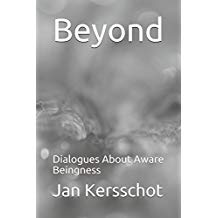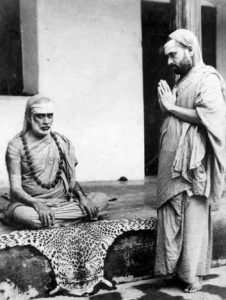This is effectively Part 6 1/2 of 10 in the pratibandha series. It follows on from the heading of “The ‘mixture of Atman and mind’”. Apologies for the misleading and changing part numbers. This is the result of writing ‘as I go’ rather than completing the entire topic first.
xi) AbhAsa vAda
This theory was mentioned briefly above in 2b, when bhAmatI and vivaraNa were discussed in the context of sources for mistaken views of Advaita. AbhAsa translates as ‘fallacious appearance’ and it is effectively the term that is used to describe this ‘mixture’ of Consciousness and intellect. Shankara addresses this in his upadesha sAhasrI, principally in chapter 18 ‘tat tvam asi’. The following analysis is with the help of Ref. 211.
As the chapter heading indicates, the topic is the mahAvAkya and how the knowledge of its truth is all that we need in order to gain enlightenment. We are already free and always have been, so once we realize this, there is nothing more that needs to be done. The idea that, after gaining ‘merely intellectual knowledge’ from shravaNa, we have somehow to gain ‘direct experience’ of Brahman before we are liberated, is called prasa~NkhyAna vAda. This is discussed and rejected in detail below, under the topic of ‘meditation’ but in this chapter Shankara introduces an objector who has these notions and the subsequent arguments are relevant to this topic of pratibandha-s. Continue reading



